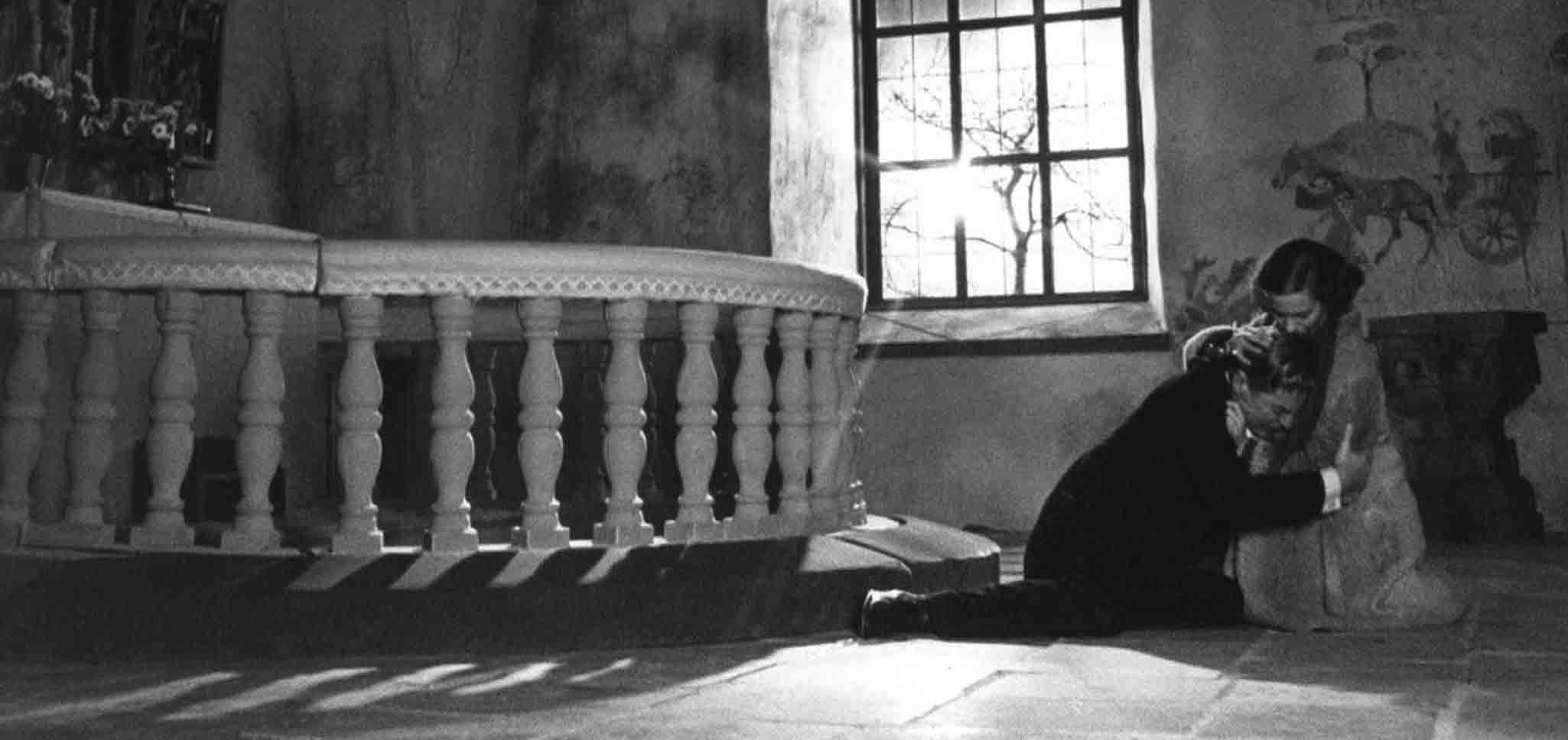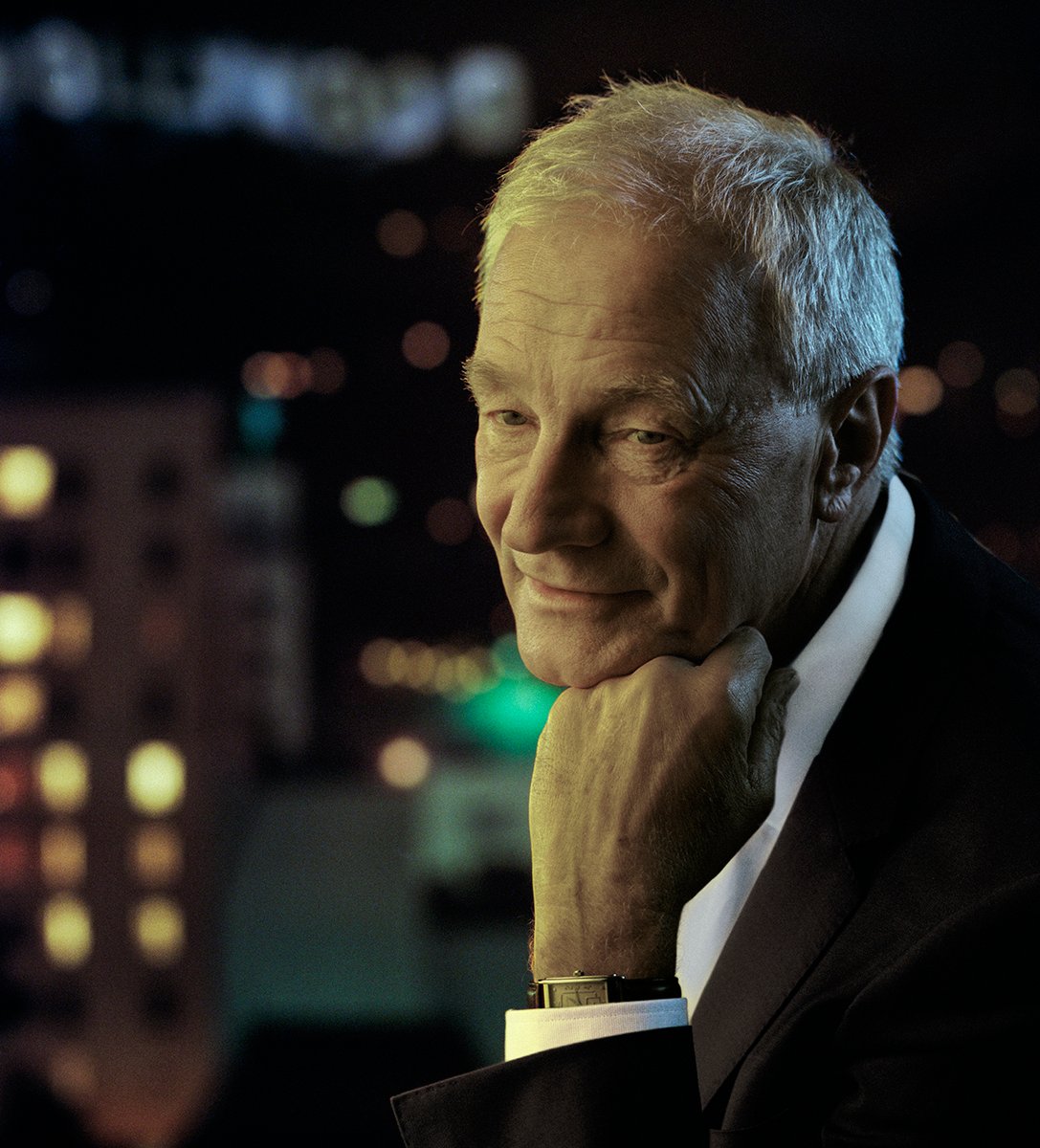
President’s Desk: Bending Light
Light is a strange and powerful phenomenon — in what we do with it as cinematographers, and in reference to the very essentials of life and the intricacies of nature that inspire us as image-makers.
“In wildness is the preservation of the world.” — Henry David Thoreau

Nature’s admirers often make use of epic language to inspire thoughts of a wilderness exuding beauty and undisturbed by mankind. Thoreau, however, transcends these ideas and focuses on the human need for freedom that can only be found in the beauty of “ordinary” nature. His talents for drawing attention to the “wildness” of both the natural world and humanity were revolutionary.
I came to think of Thoreau because I wanted to analyze the meaning of light. Light is a strange and powerful phenomenon — in what we do with it as cinematographers, and in reference to the very essentials of life and the intricacies of nature that inspire us as image-makers.
Our visual experiences begin when we are newborns, barely able to process shapes but already beginning to connect with the emotional values of contrast and color. In an essential way, the sun itself and the environment around us educate us about light as our visual perception develops.
I have always been fascinated by the notion that Dutch light is somehow unique. Based on the work and reputation of the Dutch masters, many painters of the 17th century traveled from afar to see it firsthand. What was it that made Holland’s light so different from the light to be found just a short distance away throughout the rest of Europe?
As noted on the website for the documentary Dutch Light, German painter Max Liebermann observed, “The mists that rise from the water and shroud the world in a translucent veil give that country its extraordinarily picturesque quality. … Everything is bathed in light and air.” French critic and historian Hippolyte Taine mused, “The air is always hazy, which makes all the contours blurred and indistinct. …What we notice are the nuances, the contrasts, the values and tonality of the colors. The shades of brightness and the gradations of color are astonishing … a delight to the eye.”
So maybe it was the abundance of water, which the sun condenses into a fine, humid mist that filters the sky and softens the sunlight while providing dramatic cloud formations and crimson sunsets.
A meticulous study of light was likewise reflected in the work of the late Sven Nykvist, ASC — one of the world’s foremost cinematographers, whose poetic use of light illuminated many of Ingmar Bergman’s greatest films. The light in those films takes on a metaphysical dimension that goes beyond “mood.” It distills and deepens the feelings of torment and spiritual separation that afflict Bergman’s characters — and then, in scenes of tranquility filmed outdoors, it offers a glimpse of transcendence.
Winter Light (a shot from which can be seen at the top of this page), Nykvist said, was one of the first films in which he deliberately set out to explore light’s expressive qualities. The atmosphere he created was inspired by his experience sitting with Bergman in a church for a full day, studying the natural light as it came through the windows and played across the walls. From then on, Nykvist would often spend hours or even days in a location, studying the path and appearance of the natural light, and photographing it with a still camera to create a visual diary.
His work, especially with Bergman, expresses a depth and strength of vision that can be attributed to such meticulous preparation. His style can be as naturalistic as Fanny and Alexander and as abstract as The Unbearable Lightness of Being.
In its purest form, the light on Earth comes from one source: the sun. When it hits the Earth it gets reflected, bounced and shadowed. When it comes to lighting with an artificial source, I believe we should follow the same pattern. We should let the source play — and then bend that source to achieve the desired mood. And if the desire is to deviate from realism, we should respect the source even more. Nature offers the most incredible “unrealistic” patterns of light that can be far more abstract than anything artificially created.
In 1845, Thoreau built his famous cabin on the shores of Walden Pond, where he moved in order to “live deliberately,” as he explained in his book Walden. The legend of his two years in the woods is that of a lone woodsman-philosopher scraping out a living in the wilderness, pausing on occasion to write down his observations. I find those observations inspiring and revealing. They encourage me to bend the light.

Kees van Oostrum
ASC President




